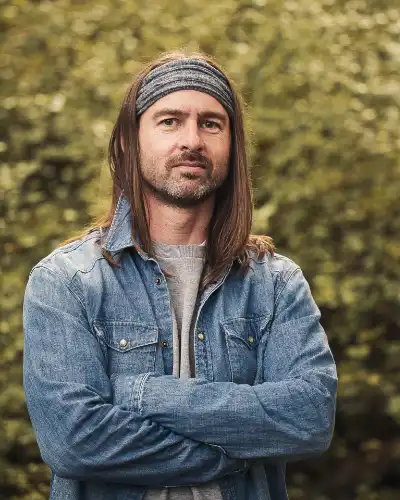Let’s not beat about the bush. Shooting your first wedding can be anxiety-inducing! In this article, we’ll discuss my five top tips for getting the job done well.
Hopefully you’ve gained some experience as a second-shooter, so you’ve seen first-hand some of the challenges of wedding photography.
Or maybe not!
I’d never a shot a wedding in any capacity before my first wedding commission, so I was really learning on-the-fly.
Thankfully this was for friends of mine who desired a fairly relaxed photojournalistic approach, providing me with a little more leeway than a full blown traditional wedding shoot would have.
Even so, I wish I’d been briefed with at least a couple of the following tips, so I hope these will be of use to you.
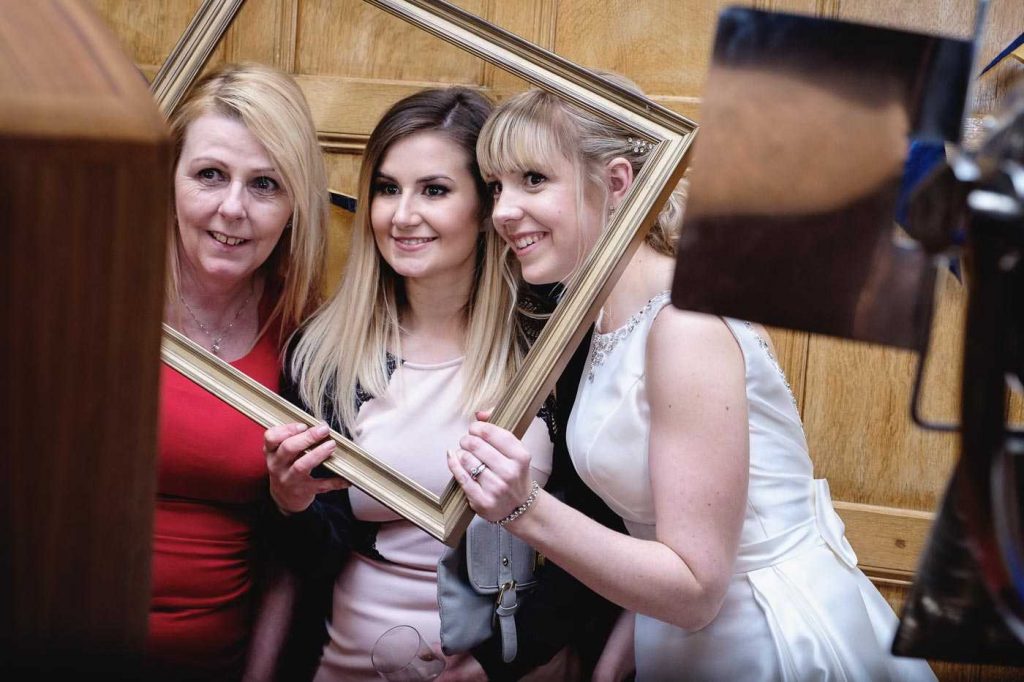
1) Know who the key people are and shoot them lots
This might sound obvious, given it’s the bride and groom who are getting hitched. But when you’re shooting your first wedding it’s paramount to obtain plenty of images of the key people in their lives too.
In my first ever wedding shoot, I neglected to take as many photos of the close relatives as I would have liked. Because we were going for more of a reportage style, there were no ‘family shots’ arranged, and instead it was down to me to get these candidly.
I wish I had made this more of a priority, instead of focusing solely on the bride and groom. I’d suggest it’s particularly important to take plenty of the mothers, so don’t neglect that!
Be sure that in the lead up to shooting your first wedding you have spoken to the couple to establish exactly who the key people in their lives are. It won’t always be immediate family, though it often will.
When you arrive on the day, familiarise yourself with these people. Take note of a distinguishing feature or item of clothing they’re wearing, so you can easily remember them. Strike up a rapport with them, so they feel open and relaxed when you wield your camera.

2) Know the order of the day
Your job is to be in the right place at the right time. You need to be really on-the-ball and on top of the day’s events as they unfold.
Be sure to have a copy of the day’s schedule accessible at all times. Take note of the sequence, and think in advance about how you will best transition between any location changes.
Have a good chat to the venue’s wedding planner on the day, and the wedding party lead (often one of the groom’s party). Make sure you make a great impression with them, and be co-operative and charming.
Wedding venue staff always seem to be scarred by the memory of one really irritating photographer who got in the way, didn’t listen to their requests or who was really disruptive. Don’t be that person!
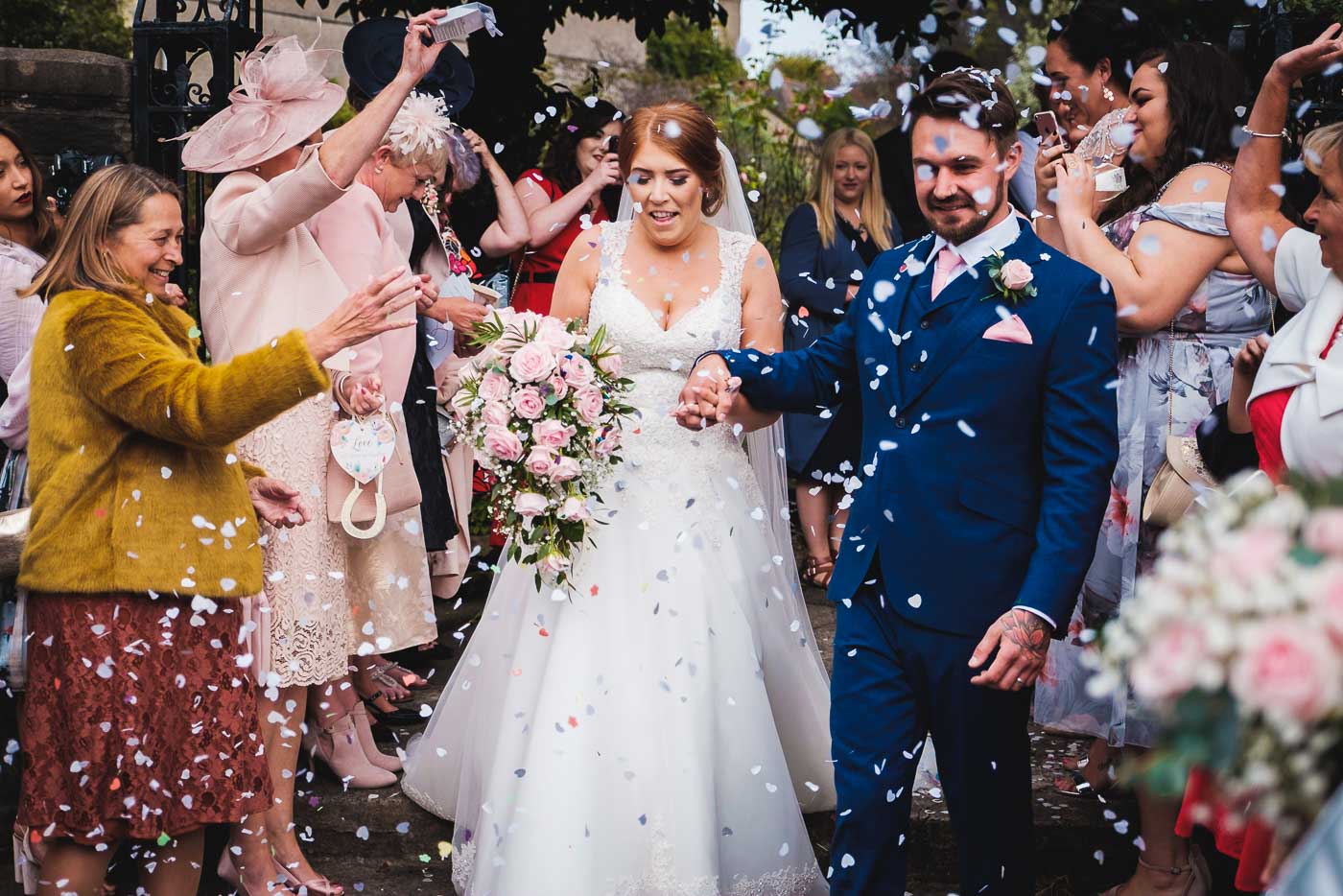
3) Know the key shots
Every wedding has traditional set pieces that you probably want to make sure you capture. The rings, walking down the isle, the confetti shot and cutting the cake are obvious examples.
Before shooting your first wedding, spend some time considering what the key shots might be. Think about the optimal positions you need to take up for the best shots, and ensure you’re not getting in anybody’s way at the same time.
Even if you are shooting photo-journalistically, you probably want to make sure you cover these key moments.
As you did regarding key people on the day, talk to the couple and ask if there any any key moments you shouldn’t miss.
Be there, and take plenty of shots. And don’t forget, nailing some of the key moments will make for fantastic promotional images for your wedding photography business – another motivation to get them right!
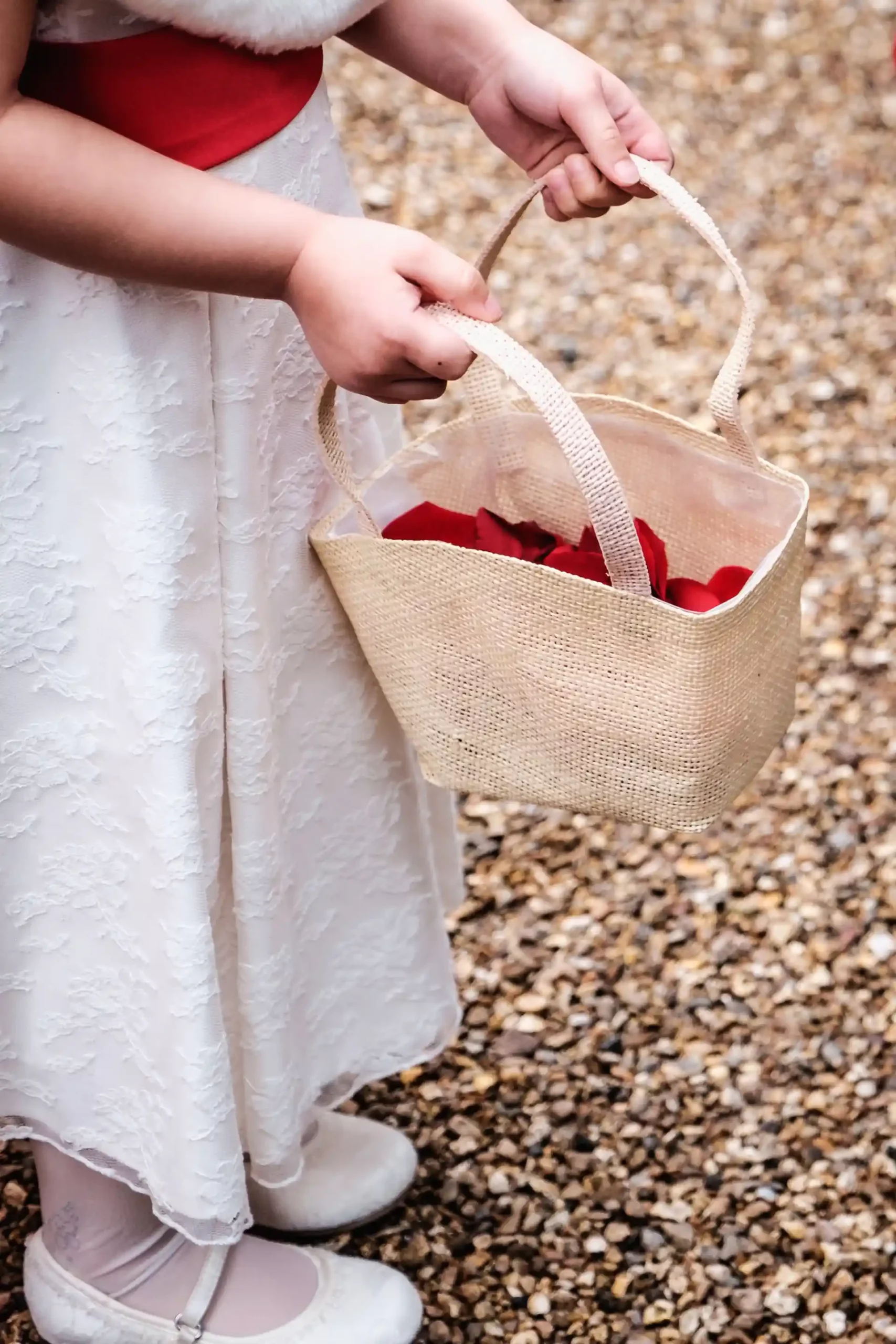
4) Have plenty of battery capacity and memory storage
This one is a no-brainer so don’t skimp.
It is imperative your camera works at all times! Don’t stress yourself out and hope you will have enough battery power. Know you will have enough battery power by taking more spare batteries than you could possible need.
Trust me, this is a simple but very effective way to have one less thing to worry about. (Nikon owners might rightly scoff at this tip, but if you’re shooting with Fuji as I and many do, it’s essential!)
Similarly, be sure you won’t run out of space on your memory card, and have spares available just in case.
I like to have a spare batteries and a memory card on my person at all times.
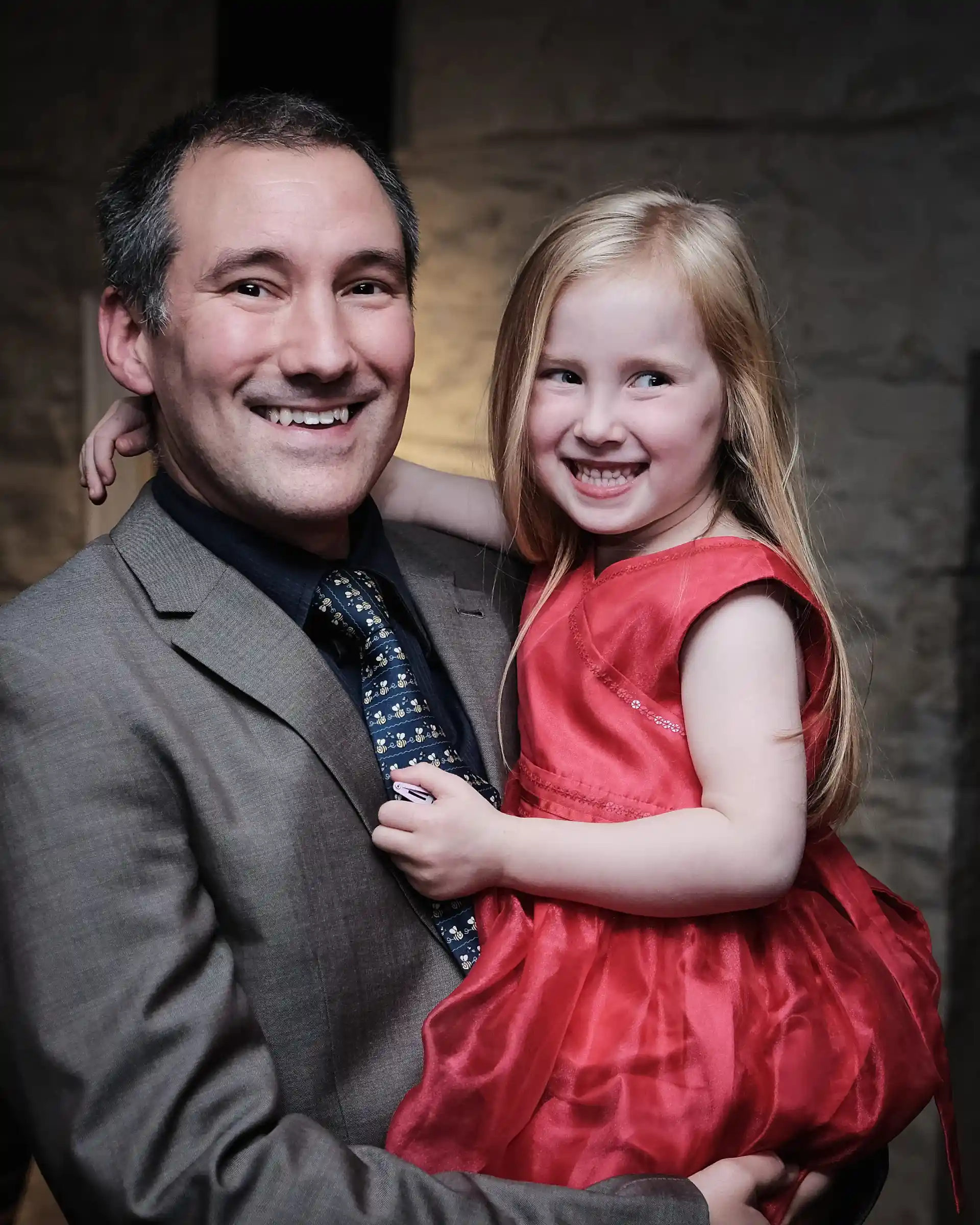
5) Take a flash and be comfortable using it
So you’re a natural light photographer? Or maybe you’re just not comfortable using a flash.
Yes, it is a wonderful ideal not to use flash photography at weddings because it spoils the ambience – and this used to be my motto too.
I also know that some very popular and well-loved wedding photographers (whom I very much admire) will not use flash, but I’m sure about this point.
The reality is that at most weddings you’ll find yourself shooting in dimly lit rooms at an ISO you swore you’d never shoot at.
Your shots will be soft, grainy, dull and uninspiring. Half of them will be unusable. You will feel awful submitting them to your clients.
Trust me on this!
When I started embracing on-camera flash at weddings, it was a complete game-changer. Images were sharp, colours were vivid and intense, and eyes had catchlights.
Now I never go to a wedding without a flash, and it really comes into it’s own in dimly lit stately homes, at post-meal speeches and evening wedding discos.
Don’t be the stubborn photographer who only shoots with natural light. Get comfortable using flash before your first wedding and know that even in poorly-lit rooms your shots are going to be sharp and clean.
